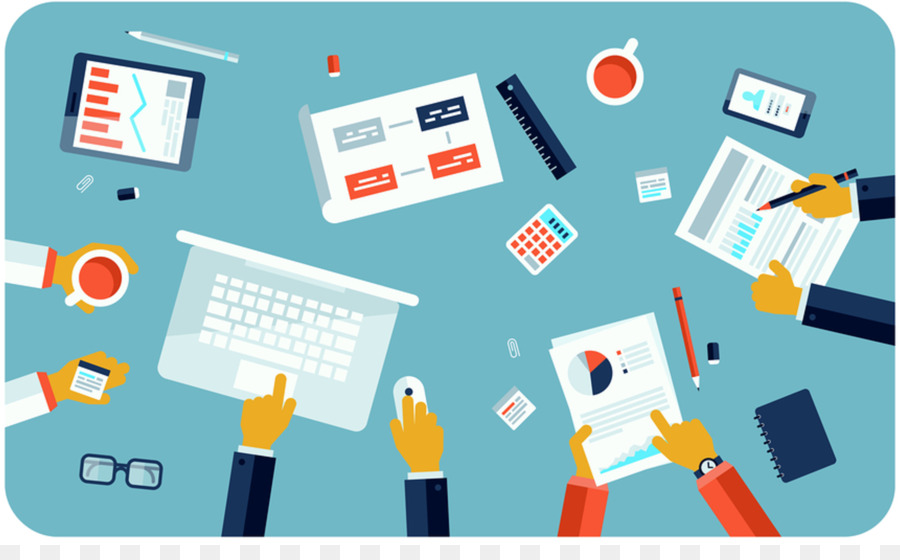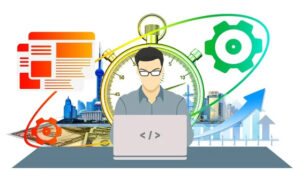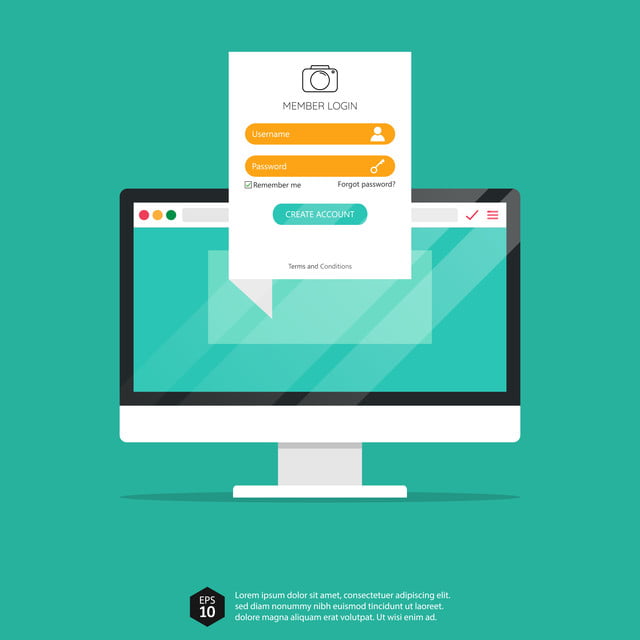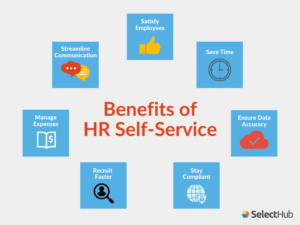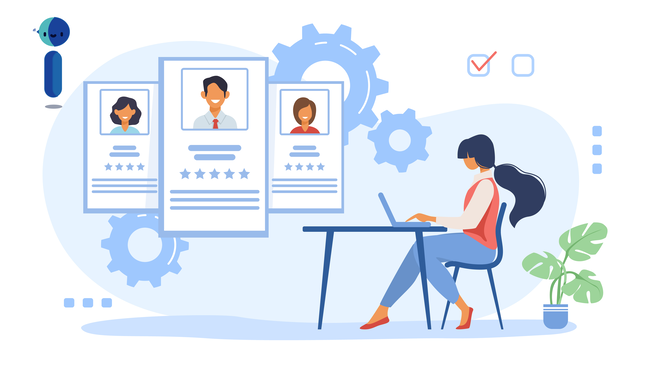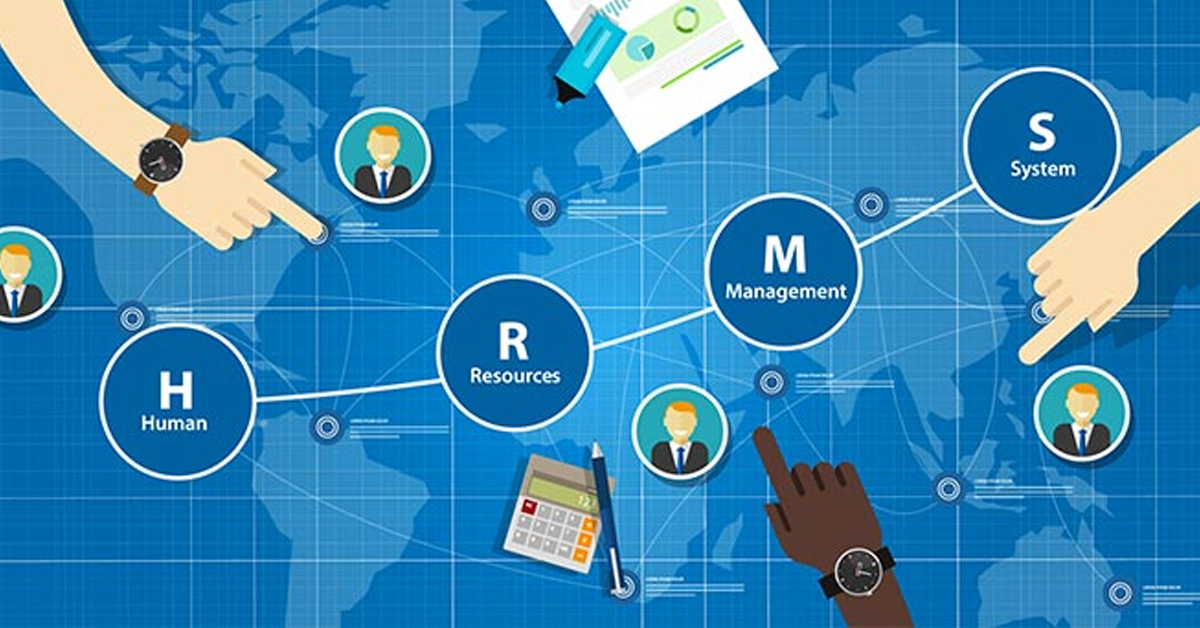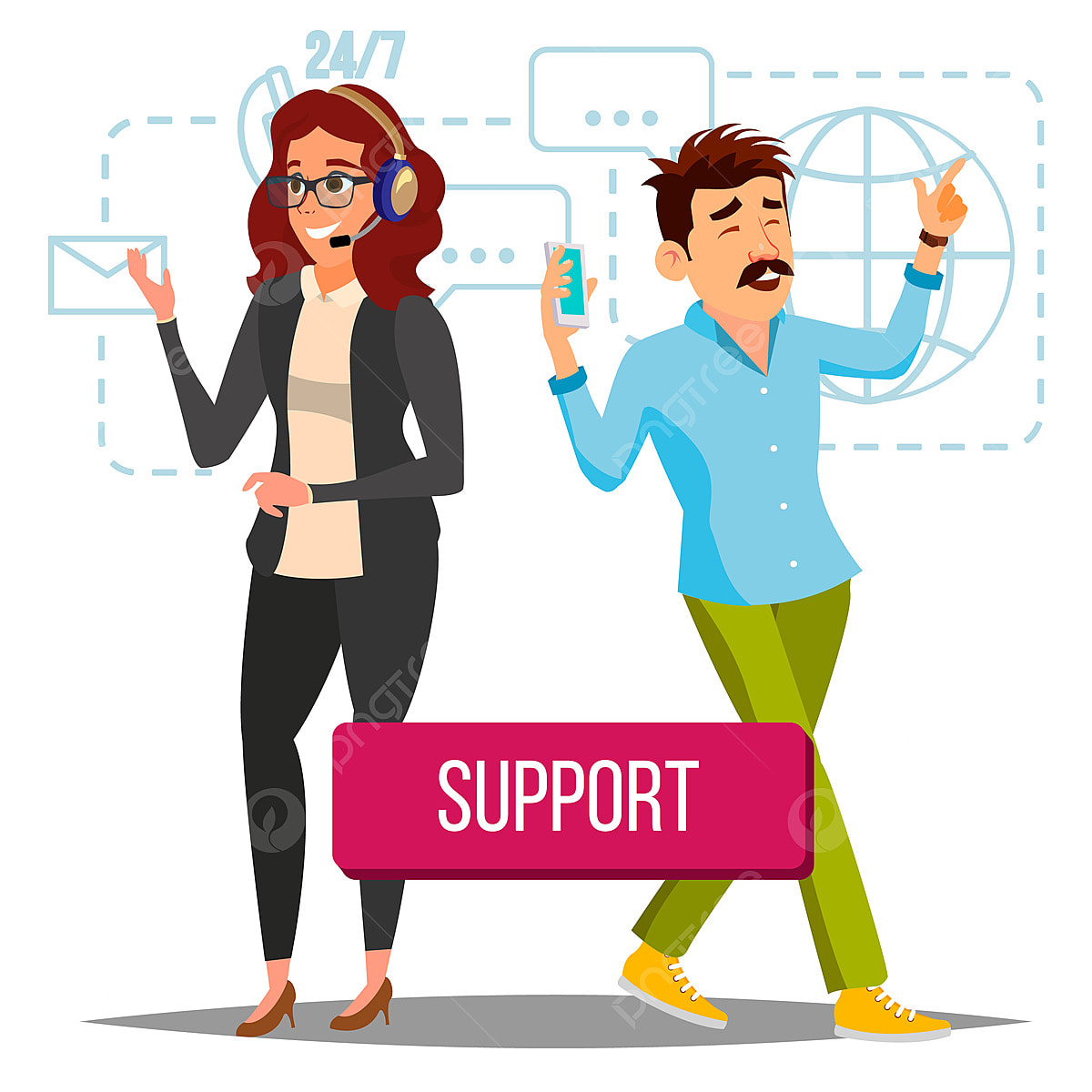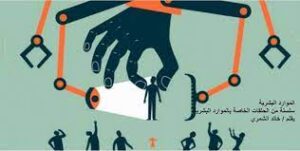The Role of eHR in Improving Employee Satisfaction
Introduction
In today’s fast-paced business environment, the role of electronic Human Resources (eHR) in improving employee satisfaction is more critical than ever. eHR systems have evolved significantly, revolutionizing the way organizations manage and engage their workforce. This article delves into the myriad ways in which eHR contributes to employee satisfaction, offering insights, facts, and first-hand experiences.
The Role of eHR in Improving Employee Satisfaction
eHR technology has brought about a paradigm shift in how HR departments operate, fostering a more satisfied and motivated workforce. Let’s explore the various aspects of this transformation:
Streamlined Recruitment and Onboarding
Efficient eHR systems simplify the recruitment process, from posting job openings to conducting interviews. The automation of paperwork, background checks, and electronic signatures not only saves time but also reduces the stress on new hires. This results in a smoother onboarding process, making new employees feel valued and empowered from day one.
Enhanced Communication and Collaboration
Modern eHR platforms facilitate seamless communication within the organization. From sharing company updates to providing employees with a platform to voice their concerns, these systems enhance transparency, boosting trust and satisfaction among the workforce.
Personalized Employee Development
eHR systems track employee performance, helping HR professionals identify areas where employees can improve. The ability to offer personalized training and development opportunities fosters a sense of growth and progress among employees, leading to increased job satisfaction.
Employee Self-Service Portals
These portals empower employees to manage their HR-related tasks, such as requesting time off, updating personal information, and accessing pay stubs. By giving employees control over their HR needs, eHR systems contribute to a sense of autonomy and satisfaction.
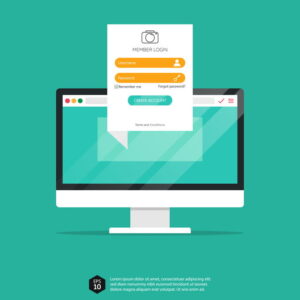
Data-Driven Decision-Making
eHR analytics provide valuable insights into employee engagement, retention, and overall satisfaction. This data-driven approach enables organizations to make informed decisions and implement changes that positively impact employee morale.
Work-Life Balance
eHR systems can help monitor employee workloads, ensuring that no one is overburdened. This helps in maintaining a healthy work-life balance, which is a significant contributor to employee satisfaction.
Wellness Programs and Benefits Management
Many eHR systems include features for managing wellness programs and benefits. This contributes to the well-being of employees, showing that the organization cares about their health and happiness.
Performance Reviews and Feedback
eHR systems make it easier to conduct performance reviews and provide feedback in a timely manner. Constructive feedback and recognition play a crucial role in enhancing employee satisfaction.
FAQs
How can eHR systems improve communication within the workplace?
eHR systems offer various communication tools and platforms that facilitate real-time interactions, making it easier for employees to connect and collaborate.
What role does data play in improving employee satisfaction through eHR?
Data collected through eHR systems helps organizations identify trends and areas for improvement, allowing for informed decisions that enhance employee satisfaction.
How can eHR systems contribute to a better work-life balance?
By monitoring workloads and encouraging the use of paid time off, eHR systems help maintain a healthier work-life balance for employees.
What are the benefits of personalized employee development through eHR?
Personalized training and development opportunities make employees feel valued and empowered, leading to increased job satisfaction and productivity.
How can eHR systems promote wellness and benefits management?
eHR systems include features for managing wellness programs and benefits, ensuring employees have access to programs that enhance their well-being.
How do performance reviews and feedback influence employee satisfaction?
Timely feedback and recognition provided through eHR systems contribute to employee satisfaction by addressing their performance and career growth.
Conclusion
The role of eHR in improving employee satisfaction cannot be overstated. From streamlining HR processes to promoting work-life balance and fostering employee development, eHR systems are transformative tools for creating a more satisfied and motivated workforce. Embrace the power of eHR and witness your employees thrive with greater satisfaction and engagement.
Get lifetime Access to My Private Prompts Library: https://ko-fi.com/chatgpt_prompts_library


